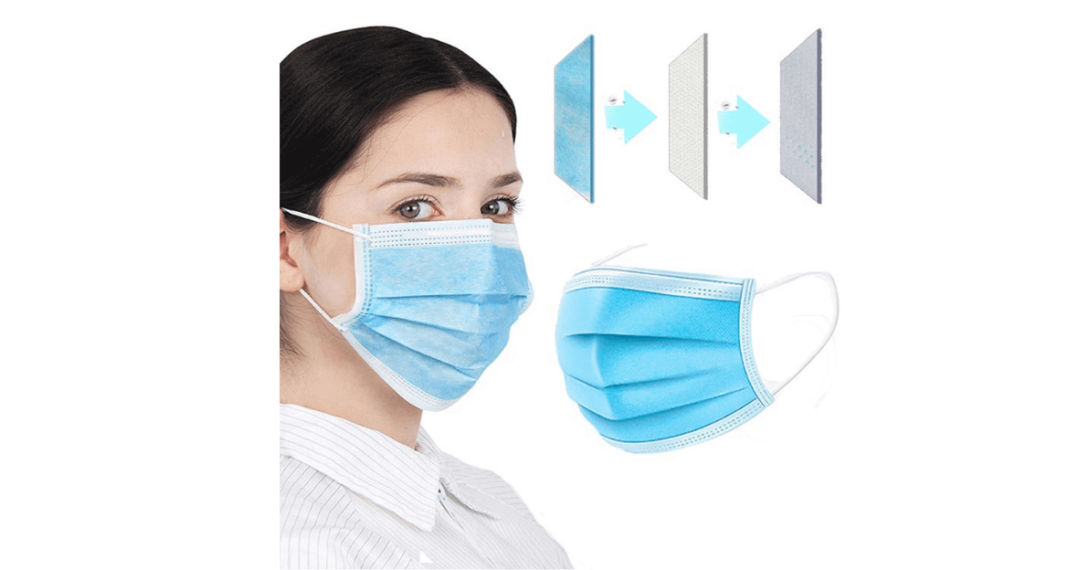Amid the rising number of antibiotic resistance, hospitals are on the lookout to combat infections. This brings us to the question of hospital face masks and the appropriate selection procedure. In a webinar by Becker’s Hospital, senior consultants agreed to the fact that surgical medical masks are one of the most essentials tools every healthcare practitioner must own.
With the right mask, there will be a significant reduction in the risks of exposure to bodily fluids as well as blood. This apparatus is essential in the current healthcare system, and professionals are placing more emphasis on improving patient safety as well as protecting staff. It is also worth noting that the prevalence of superbugs, including methicillin-resistant, is still on the rise.
Therefore, when choosing a medical mask, you may experience challenges, including nuances in their designs. Some protection standards need to be considered before selection.
Mask classifications
There are different masks classifications.
Procedure masks are identifiable by two ear loops that can be used in securing the apparatus to the face. They are used on isolation units, delivery units, as well as labor units, just to mention a few. Other than that, these masks can be used in the ER as well as in the intensive care unit. But they are not the appropriate devices to use in an operating room.
Surgical masks are used by intuitive surgical staff. They come with two straps that help in securing the apparatus on the face rather than the loops. These masks are designed to protect patients and healthcare professionals against the risk of bodily fluid exposure. One more way to think of it is that these surgical medical masks are ideal for a sterile environment. Procedure masks, on the other hand, are perfect for clean environments.
There is also the N95 respirator mask that is used in filtering surgical smoke that has been created by energy-generating tools such as electrosurgical units and lasers.
The mask is highly recommended when there is a need to put on a piece of respiratory protective equipment to prevent you from exposure to bodily fluids. It can ideally be work in high-risk aerosol-based environments. The standard surgical masks are not useful in such procedures.
Final Thoughts- So, what are the 4 F’s?
Filtration- when interacting with patients who have contracted tuberculosis, you should use the N95 respirator.
Features – every mask its unique feature. Always make good use of one with three layers and surgical ties just in case of blood splatters. It is highly recommended that you use an ASTM mask in this case.
Features – it is highly recommended that you make great use of a 3-ply surgical mask. This is appended to the fact that anti-fog films, as well as foams, reduce fogging issues while shielding your eyes from contaminants.
Fit – even the right quality of mask can put healthcare professionals at risk, especially if it has not been worn correctly. Your nose and mouth should be covered. They should also be sealed completely to prevent gaps that can increase your risk of inhaling contaminated air.







